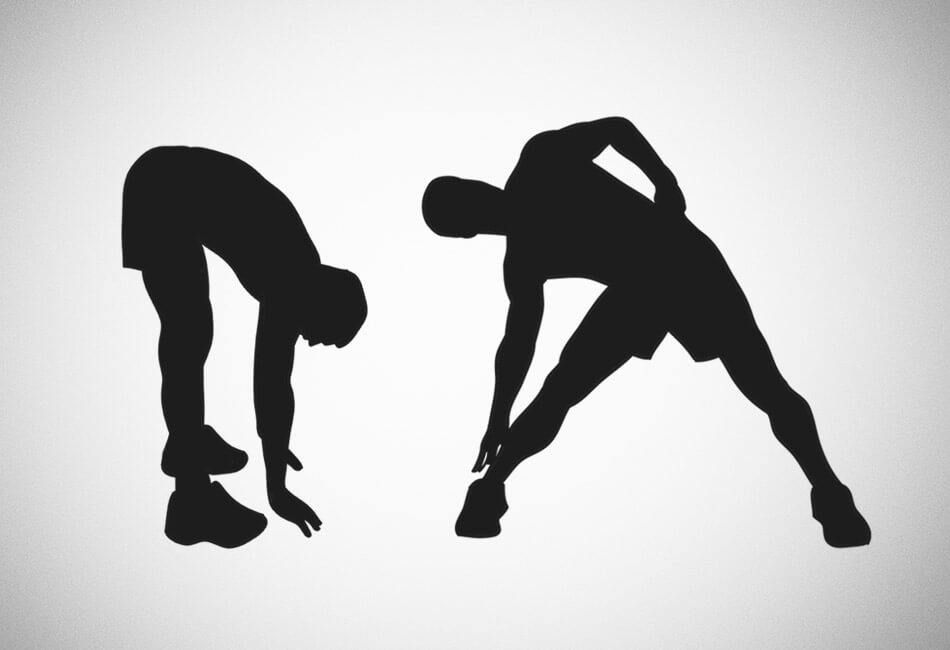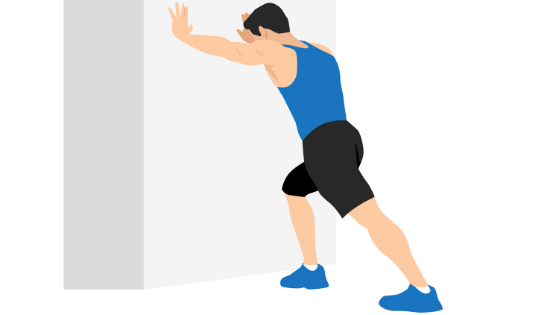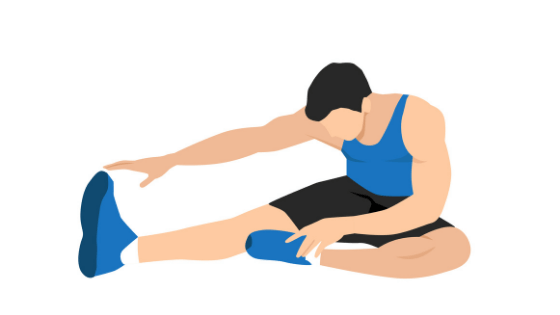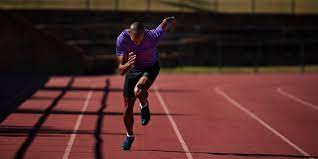
Sretching is a sports discipline that allows you to relax gently and improve your essential mobility in everyday gestures and movements.
Relaxing practice and beneficial for our body, stretching is already very popular with athletes but it is made for everyone.
Stretching is a so-called “soft” practice which consists of becoming more flexible. Based on slow and controlled movements combined with deep breathing, stretching invites you to relax and unwind.
Its benefits are many! Practiced regularly, it helps release tension, relaxes body and mind. The practice is accessible to all and can be done very easily at home every day and without special equipment to start.
Why Stretch ?
It is important to note in the preamble that there are 2 different types of stretching which do not have quite the same interests:
- Static Stretching : Hold the stretching position without moving. They can be passive with no associated muscle contraction or active with an associated contraction.
- Dynamic Stretching : performed in motion
These 2 types of stretching do not allow exactly the same things: the static ones are to be favored to gain in amplitude and to become more flexible and perhaps manage to do the splits, when the dynamics serve rather the heating of the body.
What are the benefits of stretching ?

To become flexible and stay so, there is no secret: you have to stretch! And that is the goal of stretching! A discipline with multiple benefits, which we invite you to discover :
Working on your flexibility means saving yourself from many pathologies, but not only. It is also :
- Improve muscle strength by gaining range of motion.
- Improve your recovery after an effort.
- Reduce the risk of injury.
- Relieve joint and muscle tension.
- Gain flexibility and lose stiffness.
How To Stretch Correctly And Improve Your Overall Flexibility

Stretching exercises must meet certain criteria to be effective. We already have two different kinds of stretching :
- Global stretching : which engages the whole body
- Active stretching : which consists of doing stretching exercises that are maintained over time in order to exert pressure on certain areas of our body.
For an active stretching session to be effective, it is advisable to practice for 15 to 30 minutes, holding each stretching position between 6 and 45 seconds.
Always take a short relaxation break between exercises, for 5-45 seconds so your muscles can relax.
Tips for Getting the Most Out of Your Stretch :
- Stretch in a warm place so as not to rush your muscles
- A stretching session must above all remain a moment of relaxation. Choose a quiet place to help release tension
- Warm up a little
- Do not force
- Breathe in slowly and exhale as you stretch. Good breathing will allow your muscles to relax
- Do not stretch an injured muscle, you may make the situation worse




